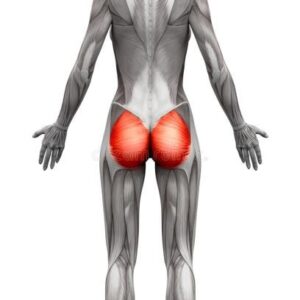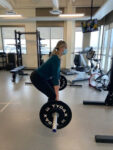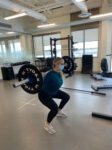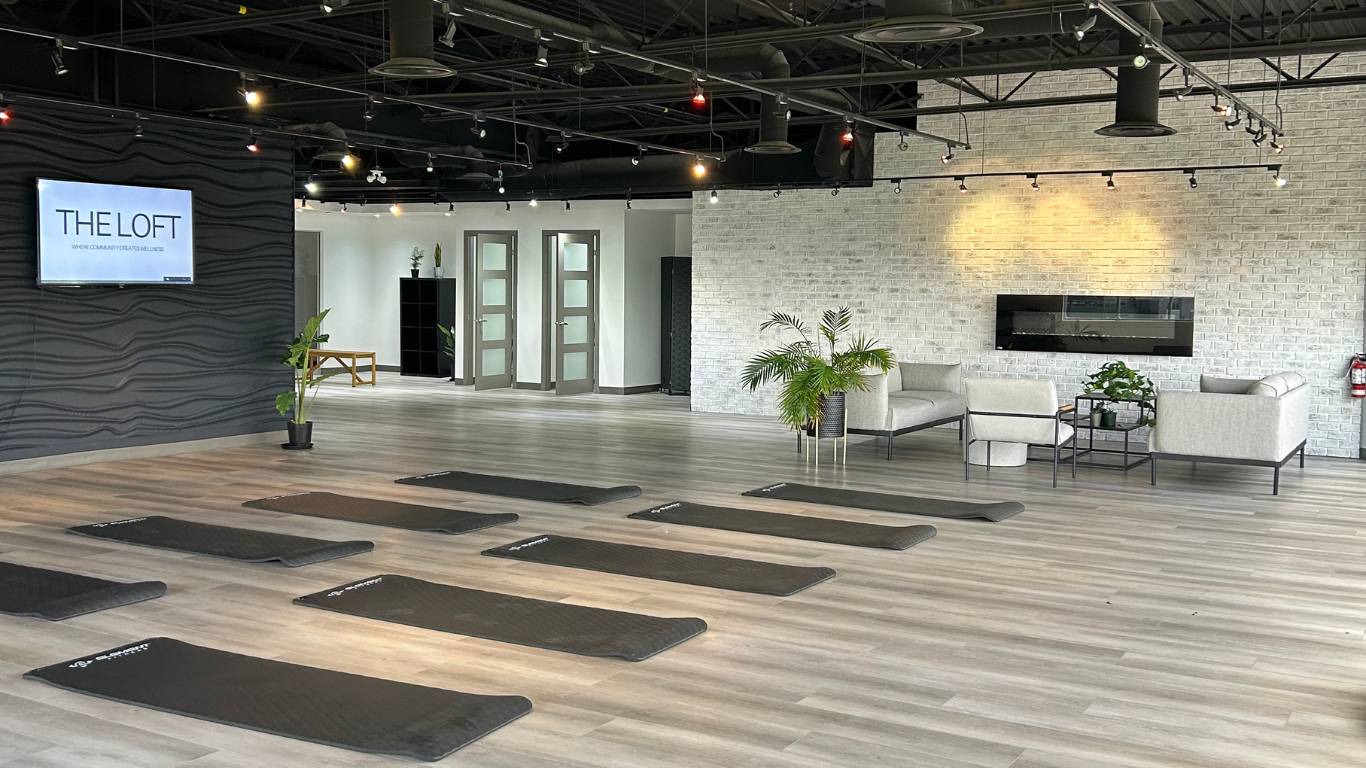Activities of daily living are essential and routine tasks that are required for managing one’s basic physical needs. Limited ability to perform these activities may lead to increased risk of injury and decreased quality of life.
The importance of your hip joint
While activities of daily living require proper functioning of many muscle groups, normal hip range of motion and strength are most important for many daily activities. The hip joint serves as a connection between the upper body and the lower body meaning that it plays an important role in optimal functioning of the entire lower body. While certain joints in the body allow for simple flexion/extension movement patterns, the hip joint allows for movement in many directions including adduction, abduction, internal rotation, external rotation, flexion, and extension (see figure 1).
Figure 1. Active Hip Range of Motion
https://quizlet.com/181884793/hip-flash-cards
As seen in figure 1, hip extension refers to the ability to fully lengthen the front of the hip joint and move the leg backwards.
While hip range of motion in all directions is important, hip extension is especially important for fundamental skills such as walking, climbing stairs, and moving from sitting to standing. Although hip extension involves the proper functioning of many muscles, the gluteus maximus muscle is one of the primary hip extensors meaning that it plays an important role in moving the leg backwards.
How The Gluteus Maximus Muscle works
The gluteus maximus muscle, as seen in figure 2, occupies a large area meaning that it is able to generate a great deal of force if properly activated.

|
Figure 2. Gluteus Maximus https://www.dreamstime.com/stock-illustration-gluteal-muscles-gluteus-maximus-anatomy-muscles-isolated-white-d-illustration-image71503280 |
As previously discussed, a well-functioning gluteus maximus is crucial to being able to perform activities of daily living as it plays a large role in hip extension which allows for upright postures at the hip. Decreased activation of this muscle can lead to decreased ability to perform some of the most basic activities of daily living.
What are the best glute exercises for growth?
Over the years, multiple studies examining gluteus maximus activation have coined different exercises as the optimal exercise to increase gluteus maximus strength and size. Of these exercises, the exercises that have been found to produce the highest levels of activation include (figure 3):
- hip thrusts and hip thrust variations
- conventional deadlifts and deadlift variations
- squats and squatting variations
- lunges and lunge variations
- step-up and step-up variations





Figure 3. Exercises found to produce the highest levels of gluteus maximus activation
Of the above exercises, the step up and its variations were observed to have the highest levels of gluteus maximus activation (figure 4). While all the above exercises engage the gluteus maximus, the step-up exercise was seen to activate the largest percentage of the muscle thereby maximizing the most power from this muscle.

Figure 4. Gluteus maximus exercises with every high average activation (>60%MVIC). MVIC = maximum voluntary isometric contraction
The Results
Upon examining gluteus maximus activation during different exercises, several factors were seen to directly influence muscle activation. External load (eg. weight/resistance, location of the load, etc), speed of the exercise, levels of fatigue, exercise complexity, stance width, foot positioning, depth of exercise (eg. squat depth), and proper joint stabilization were all seen to impact the ability to fully activate the gluteus maximus.
While the step-up might appear simple at first glance and part of daily functioning, the single-leg movement requires a great deal of joint stabilization making it a difficult exercise to perform properly.
Due to the complexity of the movement, proper assessment and supervision are crucial in minimizing the risk of injury and ensuring maximal activation, strength development, and associated benefits. While the complexity of the exercise should not be minimized, so long as the exercise is performed correctly, the single-leg aspect of the exercise offers many strengthening benefits to neighbouring tissue such as the musculature surrounding the knee.
What is the best exercise to engage your glutes?
Although the literature supports the step up as the best exercise for maximal gluteus maximus activation, as previously mentioned, this exercise requires a great deal of stability in order to safely execute the exercise and maximize its benefits. Physiotherapists are trained in injury and movement assessment and can help you break down movement and determine the best exercises for you. Come visit our team of health care professionals at Advantage Sports medicine for an assessment and to get back to doing what you love.
References
Kerrigan, D. C., Lee, L. W., Collins, J. J., Riley, P. O., & Lipsitz, L. A. (2001). Reduced hip extension during walking: healthy elderly and fallers versus young adults. Archives of physical medicine and rehabilitation, 82(1), 26–30. https://doi.org/10.1053/apmr.2001.18584
Neto, W. K., Soares, E. G., Vieira, T. L., Aguiar, R., Chola, T. A., Sampaio, V. L., & Gama, E. F. (2020). Gluteus Maximus Activation during Common Strength and Hypertrophy Exercises: A Systematic Review. Journal of sports science & medicine, 19(1), 195–203.
Shimoura, K., Negoro, K., Matsumura, N., Odake, Y., Kawamoto, S., Mukaiyama, K., … & Aoyama, T. (2020). Association between hip extensor muscle weakness and disability of activities of daily living in patients with early-stage knee osteoarthritis. Rheumatology International, 40(12), 2065-2070.


